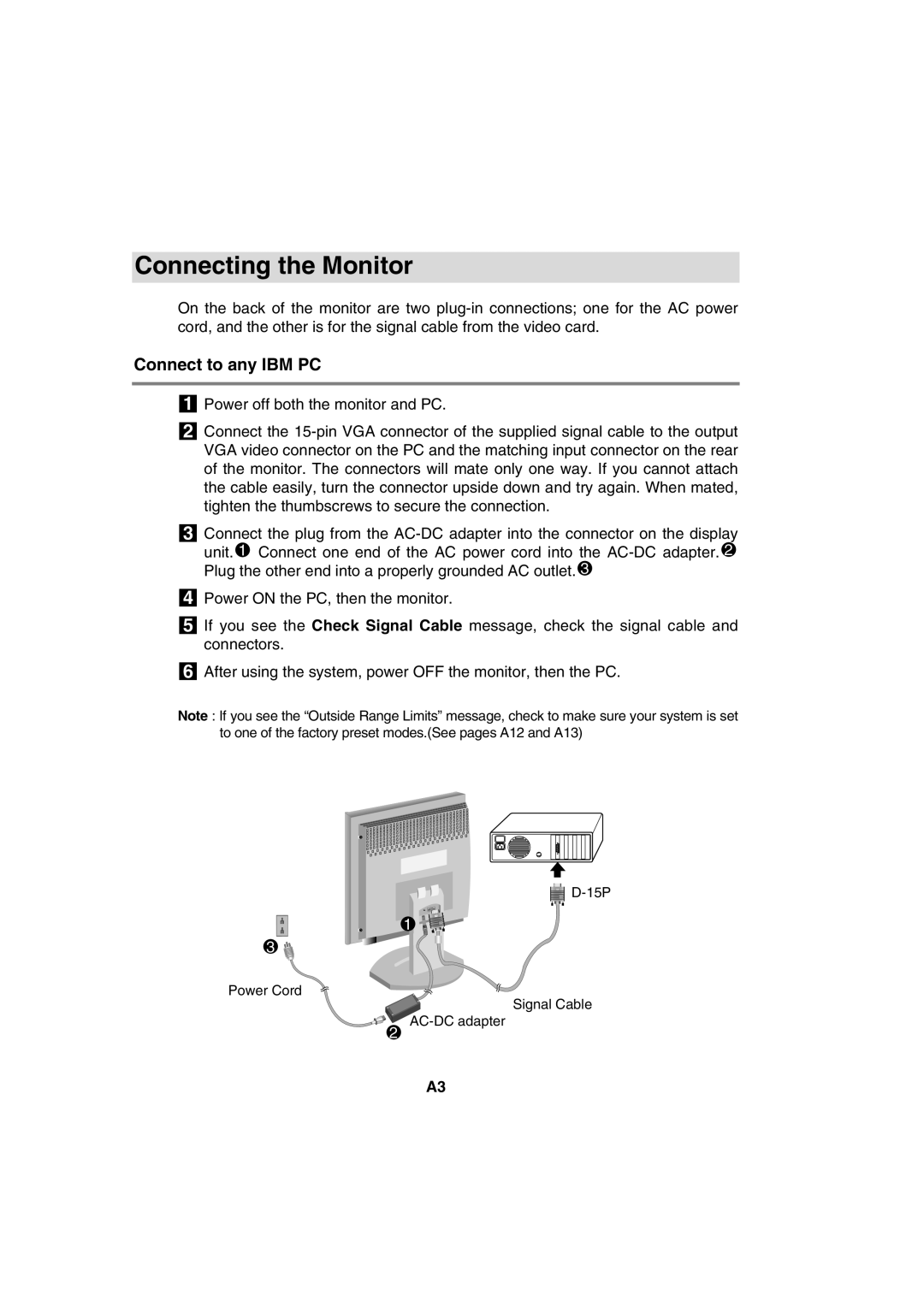9483, T56A, 72H9623 specifications
The IBM T56A, also known as 72H9623 or 9483, is a notable product in the realm of data storage solutions. This device exemplifies IBM's commitment to technological innovation and reliability, catering to the needs of businesses that require robust backing for their data management systems.One of the primary features of the IBM T56A is its impressive storage capacity. Designed to handle large volumes of data, it provides organizations with the ability to scale their storage needs seamlessly. This makes it an ideal choice for enterprises that are experiencing rapid growth and require a flexible storage solution that can adapt to changing demands.
The T56A employs advanced disk technology, including high-capacity HDDs (Hard Disk Drives) and optimized data transfer rates, which significantly enhance performance. Users can expect quick access times and efficient data retrieval, crucial for operations that require real-time processing. Additionally, the implementation of RAID (Redundant Array of Independent Disks) configurations provides added safety through redundancy, ensuring data integrity and minimizing the risk of loss.
In terms of connectivity, the IBM T56A supports various interfaces that facilitate integration with existing infrastructure. These interfaces enable the device to work seamlessly within diverse environments, ensuring compatibility with a wide range of systems and applications. This interconnectedness enhances overall productivity and provides the flexibility necessary for modern data architectures.
The IBM T56A is also renowned for its reliability and durability. Built with high-quality components, it is designed to withstand the rigors of continuous operation. Organizations can count on the device to perform consistently over long periods, reducing the need for frequent maintenance and associated downtime.
IBM has integrated advanced management tools into the T56A, allowing IT administrators to monitor performance and manage storage resources effectively. These tools provide valuable insights into system health and usage patterns, empowering teams to make informed decisions regarding data management.
Overall, the IBM T56A, with its model numbers 72H9623 and 9483, stands out as a powerful, reliable, and versatile storage solution. Its combination of high capacity, advanced technology, exceptional performance, and ease of management makes it a preferred choice for businesses seeking to streamline their data management processes while ensuring their data remains secure and accessible.

